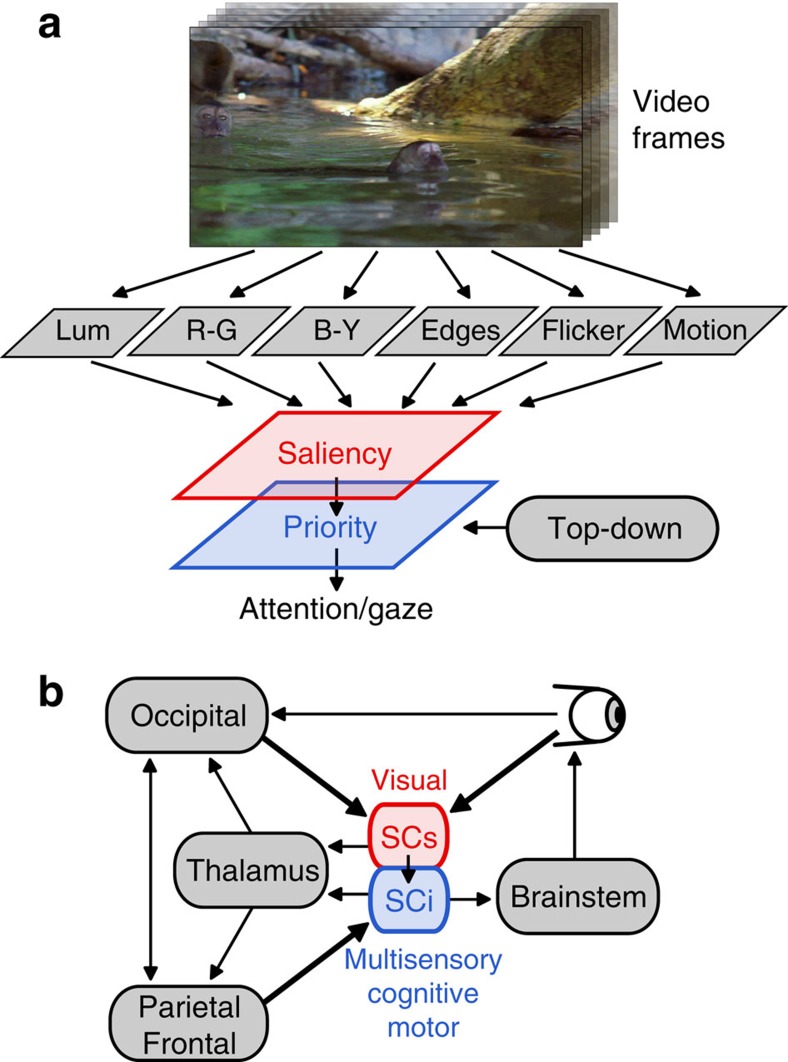Figure 1. Saliency and priority coding in the superior colliculus (SC).
(a) Conceptual framework of saliency model. Visual input is decomposed into several topographic feature maps for luminance contrast, colour opponency, oriented edges, flicker and motion. Spatial centre-surround competition for representation in each feature map highlights locations which stand out from their neighbours. All features are integrated into a single saliency map which encodes salience in a feature- and behaviour-agnostic manner and which, combined with top–down signals, gives rise to a priority signal that controls orienting behaviour. Abbreviations: Lum: luminance; R–G: red–green colour opponency; B–Y: blue–yellow colour opponency. (b) Simplified schematic of the dominant inputs and outputs of the primate SC. SCs: superior colliculus superficial layers; SCi: superior colliculus intermediate layers.

